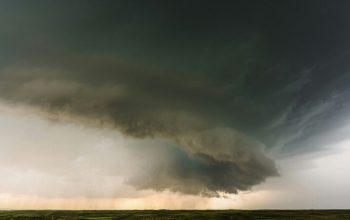There’s an area of Humboldt County where farmers planted the same variety of corn in fields six miles apart, and one site had respectable yields of 200 bushels per acre.
The other site had 140 bushels per acre.
“That cutoff line is pretty sharp,” said Angie Rieck-Hinz, an Iowa State University Extension field agronomist who monitors north-central Iowa.
The county rests on the edge of some of the worst drought conditions in the state. In a report last week, parts of Humboldt were suffering from moderate, severe and extreme drought, according to the U.S. Drought Monitor.
“You don’t have to go very far to the north or east and you see some incredible corn yields that are averaging 230-plus bushels an acre,” Rieck-Hinz said. “The only difference was where we got rain and where we didn’t get rain.”
There was similar variability in soybean yields, she said. The west edge of her territory was 30 bushels per acre, and the east edge was up to 85.
An updated, bigger-picture look at the state’s expected crop yields is due Wednesday from the U.S. Department of Agriculture. About a month ago, it downgraded its average corn yield expectations for Iowa to 200 bushels per acre. That was down from an August prediction of 205, which would match last year’s record yield average.
About 23% of the state’s corn crop had been harvested on Sunday, according to a Tuesday USDA report. About 55% of soybeans were harvested.
The weather last week in Iowa had seasonable temperatures and little rain, according to a report by State Climatologist Justin Glisan. That meant there was ample opportunity to harvest, but some farmers have delayed because the moisture content of the corn is too high, said Meaghan Anderson, an Extension field agronomist who monitors central Iowa.
“There is just a lot of wet corn out in the field,” she said. “There are a lot of people that are hesitant to go out and harvest it.”
Too-wet corn can be more difficult to harvest and can incur additional expense to dry it for storage.
Anderson said corn yields have been highly variable — even in the same field — but that crops fared better than expected this year given the widespread dryness, especially soybeans.
“Most of the bean numbers I’ve heard have been in the 60s, which is pretty dang good in central Iowa,” she said.
Iowa Capital Dispatch is part of States Newsroom, a network of news bureaus supported by grants and a coalition of donors as a 501c(3) public charity. Iowa Capital Dispatch maintains editorial independence. Contact Editor Kathie Obradovich for questions: info@iowacapitaldispatch.com. Follow Iowa Capital Dispatch on Facebook and Twitter.







